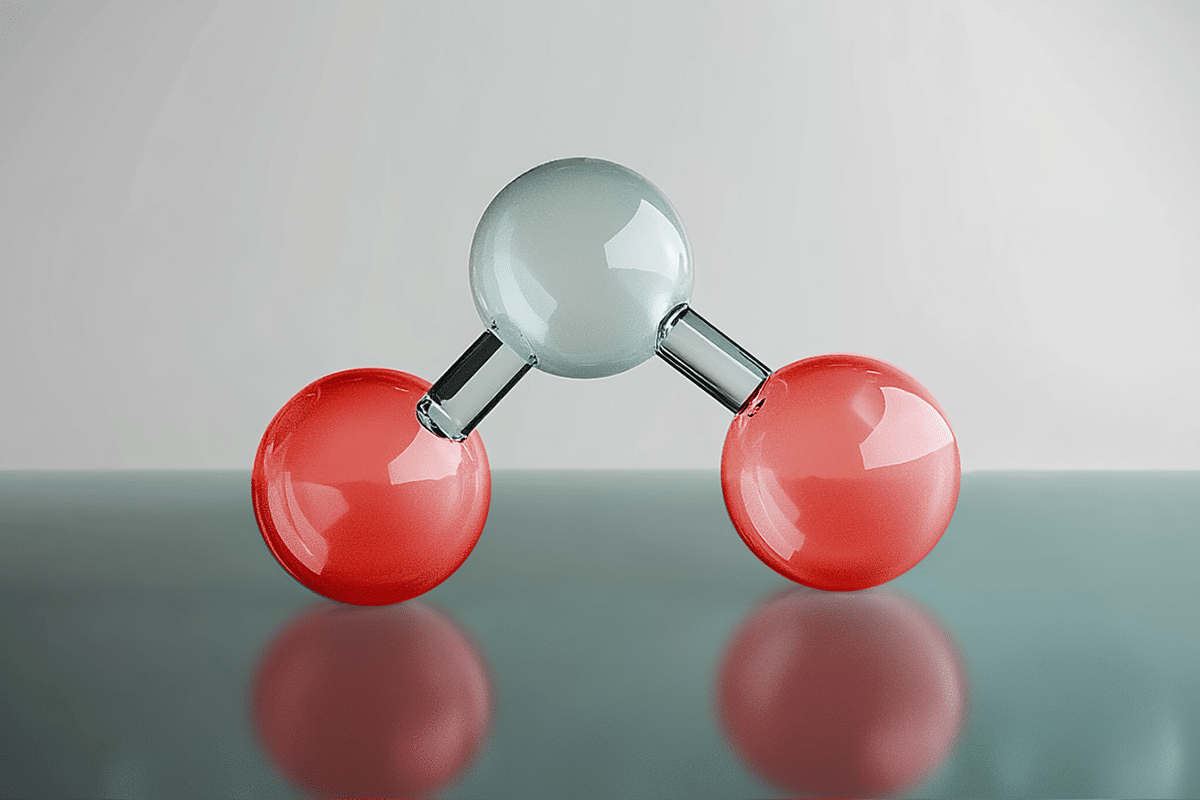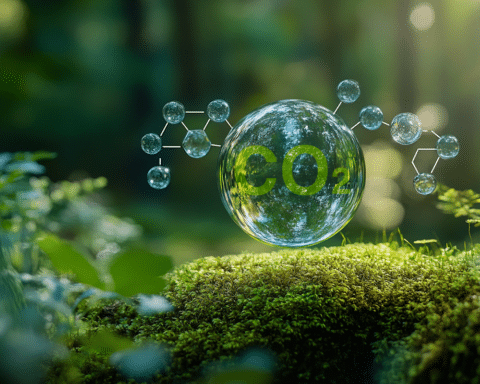Scientists have unveiled a significant breakthrough in carbon capture technology that could make it much easier to remove carbon dioxide (CO2) directly from the atmosphere. As the climate crisis worsens, capturing CO2 is crucial to mitigating its effects. Current methods of carbon capture are limited in their efficiency and generally work best with high concentrations of CO2, such as from industrial flue gases. However, the new innovation promises to improve the process dramatically.
At the core of this breakthrough is a novel material called covalent organic framework-999 (COF-999). This porous material captures CO2 through a process known as adsorption, where molecules adhere to its surface rather than being absorbed into its structure. This approach enables the material to clean the air as it passes through, making it an effective tool for both flue gas systems and direct air capture.
Initial testing of COF-999 involved passing outdoor air through the material in a controlled environment. It performed exceptionally, demonstrating the ability to remove all CO2 from the air that passed through it. This result marks a new milestone in direct air capture technology, showing that COF-999 could be far more efficient than other existing solutions.
The team estimates that just 200 grams (about 7 ounces) of the material can remove 20 kilograms (44 pounds) of CO2 in one year. This level of efficiency makes it a viable option for scaling up carbon capture efforts. Additionally, the material is designed to integrate seamlessly into existing carbon capture systems, further enhancing its potential impact.
COF-999’s structure plays a crucial role in its success. Its internal pores are decorated with amine groups, which react with CO2 as it passes through. This chemical interaction allows the material to capture and release CO2 repeatedly, making it possible to use the material for multiple cycles without degrading its performance.
One of the most promising aspects of COF-999 is its durability. The material has been shown to withstand over 100 cycles without any loss of capacity. It also requires less energy than other carbon capture methods, making it both cost-effective and sustainable for long-term use.
The innovation has broad implications for climate action. Current carbon capture methods focus heavily on preventing CO2 emissions from reaching the atmosphere through flue gas systems. However, direct air capture will be necessary to remove the CO2 already present in the atmosphere, which has surpassed 420 parts per million (ppm) and continues to rise.
Reducing atmospheric CO2 levels to safer concentrations—around 300 to 400 ppm—will require technologies like COF-999 to complement emission reduction efforts. The ability to deploy such materials across a variety of systems could be instrumental in achieving climate goals.
Looking ahead, the research team plans to use machine learning to further optimize the design and performance of the material. While this technology holds great promise, experts caution that reducing emissions and ensuring the enforcement of the Paris Agreement remain essential steps in tackling the climate crisis.
This development marks a major step toward creating practical, efficient solutions for direct air capture. If fully realized, COF-999 could revolutionize carbon capture efforts and help reverse the trajectory of global CO2 emissions.





